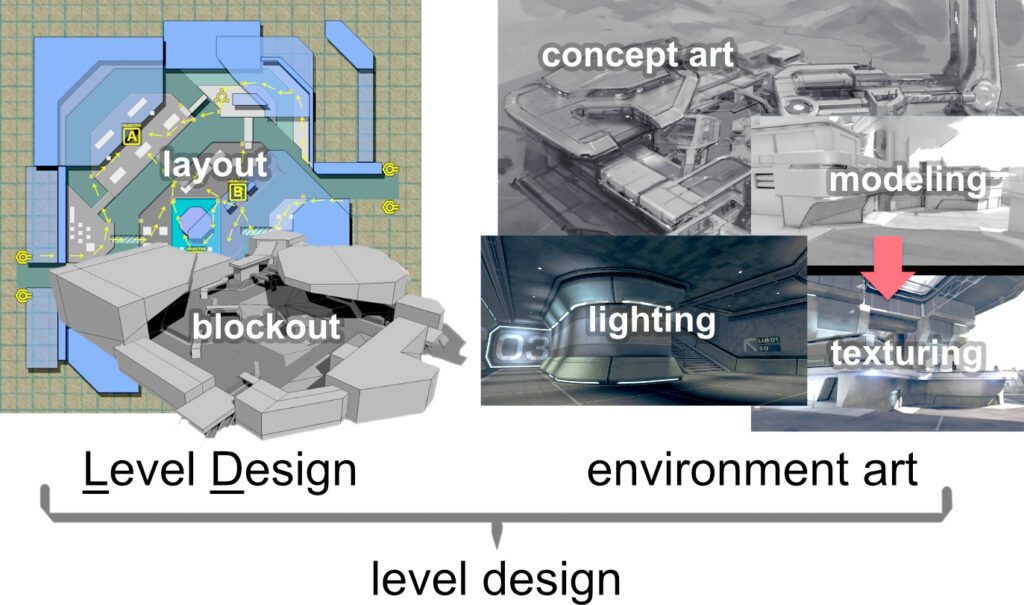Level design is crucial to game development and involves creating engaging environments that flow seamlessly, are intuitive to navigate, and offer variety and pacing. Successful level design necessitates planning, user testing, and iterating based on feedback. Additionally, it requires understanding the player’s needs and expectations, creating immersive environments with a mix of visual and interactive elements, and balancing progression, challenge, and reward. By following these principles, developers increase the chances of creating an enjoyable and immersive player experience.
Level Design Fundamentals: The Principles of Successful Game Environments
Level design is a critical aspect of game development, and it can make or break the player’s experience. A well-designed level can be engaging, immersive, and fun, while a poorly designed one can be frustrating and boring. This article will discuss the principles of successful game environments, which are rooted in understanding the player’s needs and expectations.
The Importance of Planning
Before getting started on level design, it’s important to have a clear plan in place. This plan should include the game’s mechanics, the story, and the emotion you want to evoke in the player. Without a plan, you run the risk of creating a disjointed or confusing experience for the player.
Understanding Player Navigation
One of the essential elements of level design is creating an environment that is intuitive and easy to navigate. This means paying attention to the player’s perspective and using visual cues to guide them in the right direction. For example, providing landmarks or creating a path of objects that naturally leads the player to their next destination.
The Importance of Flow
Flow is another essential element of level design. A game’s flow refers to the experience of moving through each level in a seamless and engaging way. A well-designed level should provide a sense of progression, challenge, and reward. It should also be balanced, so the player isn’t overwhelmed or bored at any point.
Creating Engaging Environments
Another critical aspect of level design is creating immersive and engaging environments. This involves providing a balance of visual and interactive elements, such as sound effects, NPC dialogue, and interactive objects. The environment should also be visually appealing and match the game’s style and tone.
Pacing and Variety
Pacing and variety are essential elements of level design that can make all the difference in player experience. A well-designed level should offer a variety of challenges and environments to keep the player engaged. This can include introducing new mechanics or obstacles, changing the player’s perspective, and providing moments of downtime or rest.
User Testing and Iteration
Finally, it’s essential to test your level design before and after launch to ensure it meets the player’s needs and expectations. User testing can help identify problem areas and provide valuable feedback on how to improve the player’s experience. Iteration is also critical in fine-tuning the level design based on feedback and data analysis.
Conclusion
In summary, level design is a critical aspect of game development that can make or break the player’s experience. Successful level design is rooted in understanding the player’s needs and expectations, planning, creating engaging environments, pacing, and variety. It’s essential to user test and iterate on the level design to ensure it meets the player’s needs and expectations. With these principles in mind, you can create immersive and enjoyable game environments that players will love.
